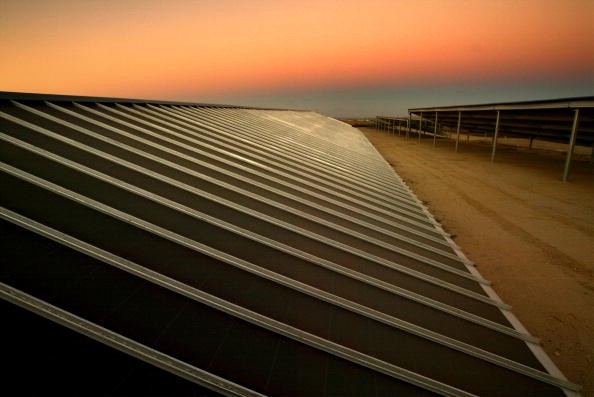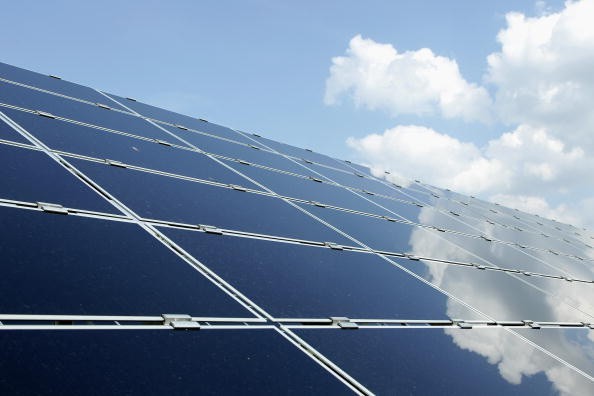Solar Panels are one of the innovations that are being focused on to help reduce energy consumption across the globe. This technology allows people to convert sunlight into electric energy. However, some of the current solar cell products have limitations that prevent its people to use their full potential.

And now, some Australian researchers revealed that the next-gen solar panels can solve the key challenges of operating in high temperatures. They claimed that through new solar cell designs and manufacturing methods, this technology can produce more useful electric energy and have longer life spans.
"The economic value of a photovoltaic installation depends upon both its lifespan and power conversion efficiency," said the involved researchers.
"Progress toward the latter includes mechanisms to circumvent the Shockley‐Queisser limit, such as tandem designs and multiple exciton generation (MEG)," they added.
How Efficient are the New Solar Panels?
In the new study titled "Singlet Fission and tandem solar cells reduce thermal degradation and enhance lifespan," which was published by the Progress in Photovoltaics journal, the UNSW Sydney researchers explained that the new solar panels could achieve lower operating temperatures.

Also Read : Turning Sahara Into a Massive Solar Farm May Not be Good for the Earth, Scientists Find Evidence
This capability allows the solar panels to maintain higher efficiencies and reduce heat-related degradation.
Thanks to this innovation, the new solar panels are expected to last longer than the current solar cells offered by various manufacturers.
The Australian scientists explained that they were able to do this after creating a combination of two features. These are specifically the so-called singlet fission technique and the tandem solar cell production.
What are Tandem Solar Cells?
According to Renew Economy's latest report, tandem solar cells consist of two different kinds of solar cells. They are positioned on top of each other. A common example of this technology is the new perovskite solar cells.
These solar panels are layered on top of a conventional silicon solar cell. Experts said that combining two types of solar panels could convert more sunlight spectrum into electric energy. They added that this method could also boost the entire efficiency of the energy converter technology.
You can click here for more details.
For more news updates about next-gen solar panels and other new related technologies, always keep your tabs open here at TechTimes.
Related Article : Experts Claim Perovskite Solar Cell Innovation Could Lead to More Efficient and Cheaper Solar Panels
This article is owned by TechTimes
Written by: Griffin Davis




